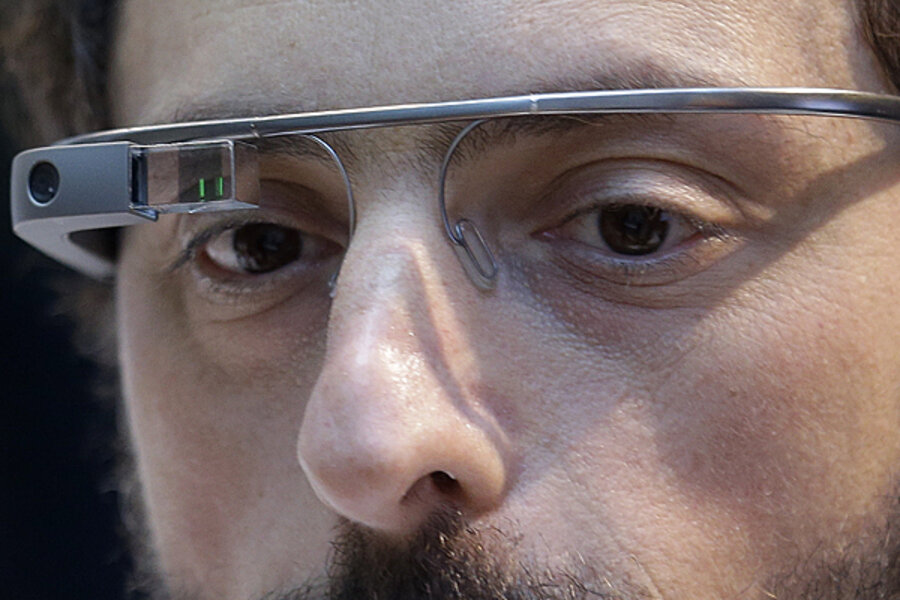Can Intel and corporate America save Google Glass?
Loading...
For all its features, Google Glass is not the most attractive eyewear out there. This lack of aesthetics and a hefty price tag have kept the gadget from catching on. So Google is preparing a new version of the device, and we are beginning to find out some details about it.
Intel will begin supplying the inside hardware for Google Glass next year, according to The Wall Street Journal. An Intel chip will replace the current processor from Texas Instruments. Google Glass allows users to surf the Web, take photos, and send messages using a small screen placed in front of the right eye. The new version, with the addition of Intel, will be marketed to enterprise users. Google started Google at Work in April to develop apps geared toward industries where a hands-free device is crucial.
“We expect Glass to evolve and be more useful for companies, but it will still be a crossover device for consumers,” Eric Johnsen, vice president of business development at APX Labs, which makes Glass apps for workplaces, told the WSJ. Google is selling the glasses in bulk to businesses, offering them a 2-for-1 special.
Intel makes chips that run personal computers, servers, and mobile phones. The company has been trying to make its way into the wearable market. Intel created Quark, an ultra-small x86 processor, which is designed for wearable devices. The company also created a small circuit board called Edison. Last month, Intel revealed details about a wearable bracelet called MICA that it is developing with clothing company Opening Ceremony.
This isn't the first partnership between Google and Intel. The companies worked together to improve the Android operating system and the Chrome operating system. An Intel chip also powers Google's self-driving car.
Google Glass has struggled to catch on with consumers. Current test models of the device go for $1,500. Though no one knows how many devices have been sold, it's safe to say the number isn't very high. In early November, Reuters reported that Glass app developers were abandoning projects because there wasn't enough demand for the device.
"It looks super nerdy," said Shevetank Shah, a Washington-based consultant, told Reuters. His pair of Google Glass sits in a drawer at home. "I'm a card carrying nerd, but this was one card too many."
Google Glass was once marketed as the future of wearable technology, but it seems Google is shifting its focus toward an audience who will use Glass for the functionality and not as a fashion statement.






